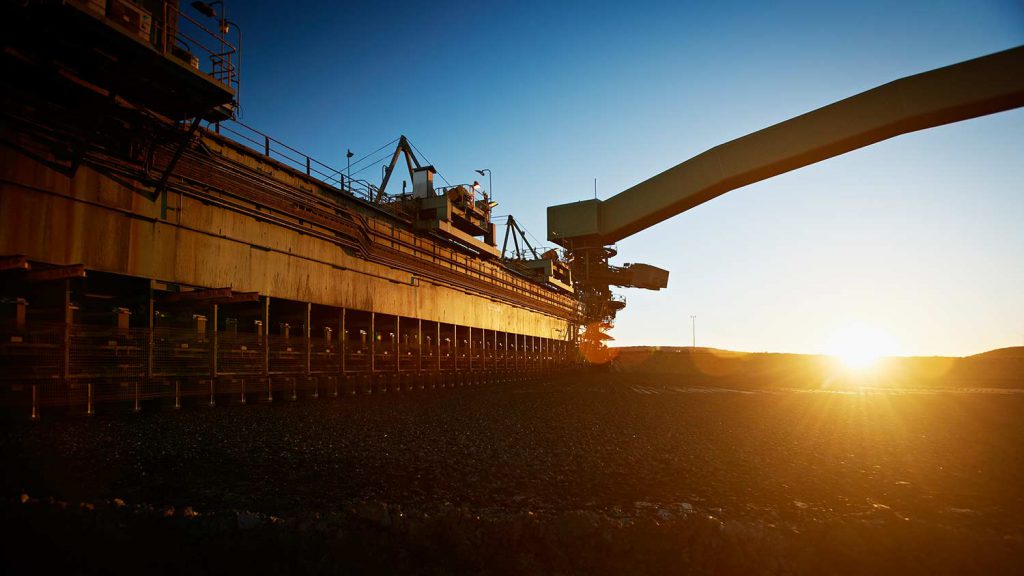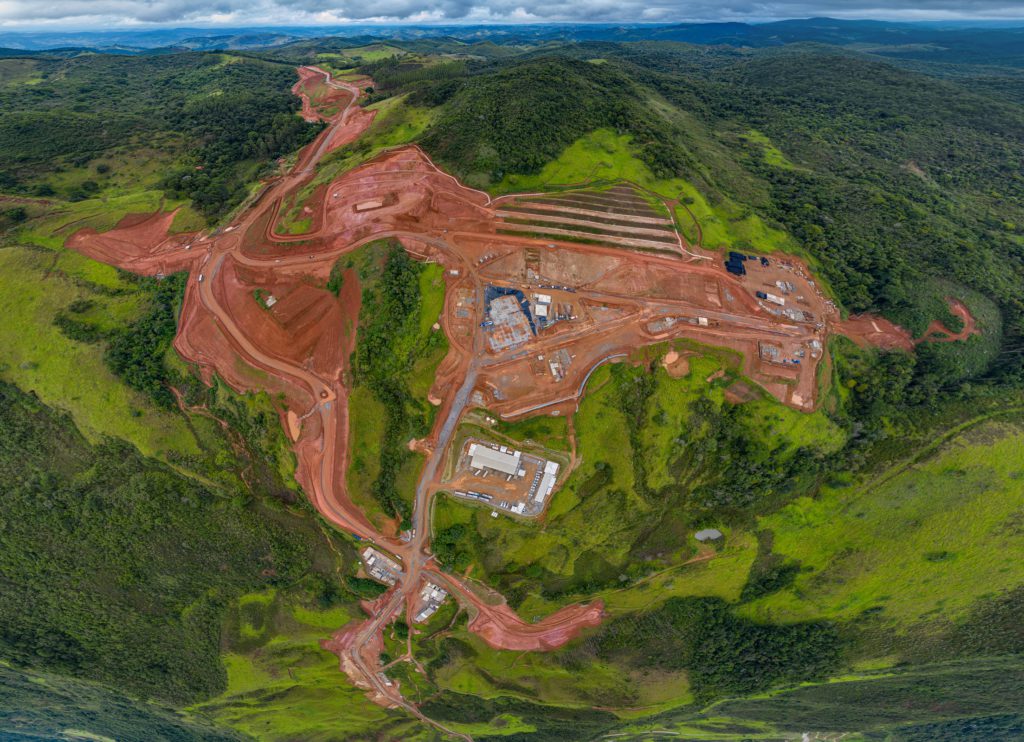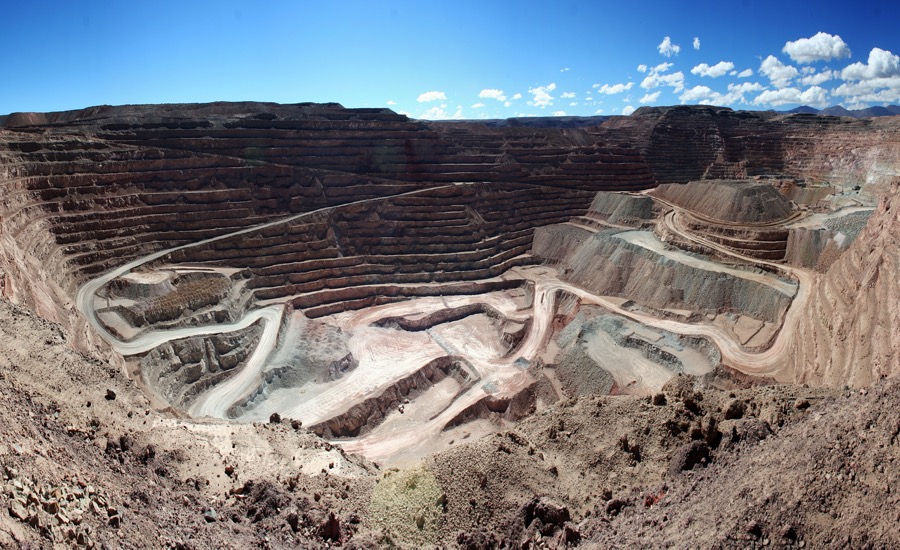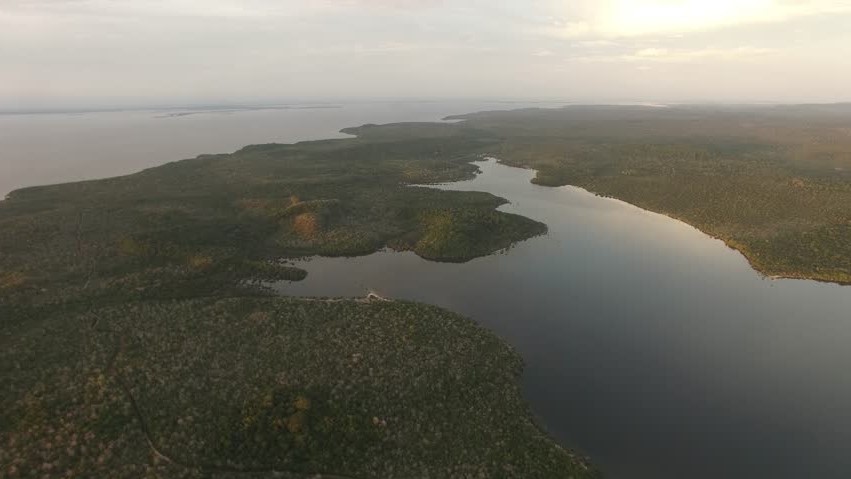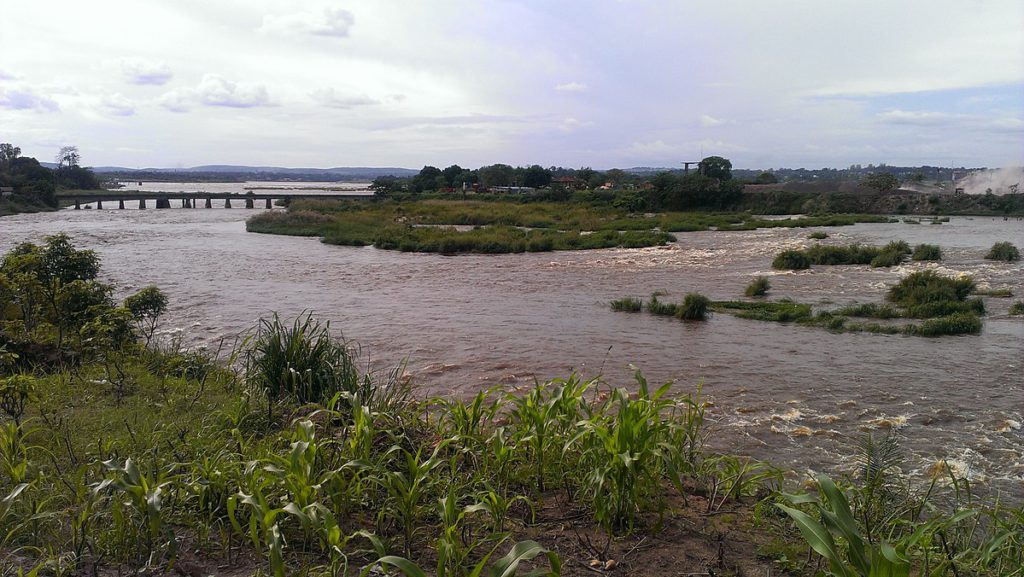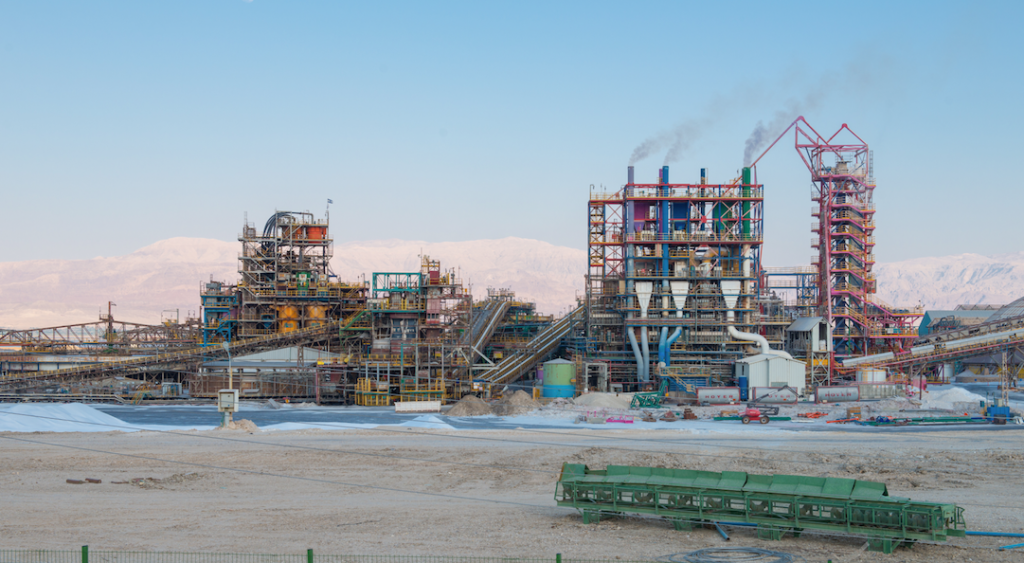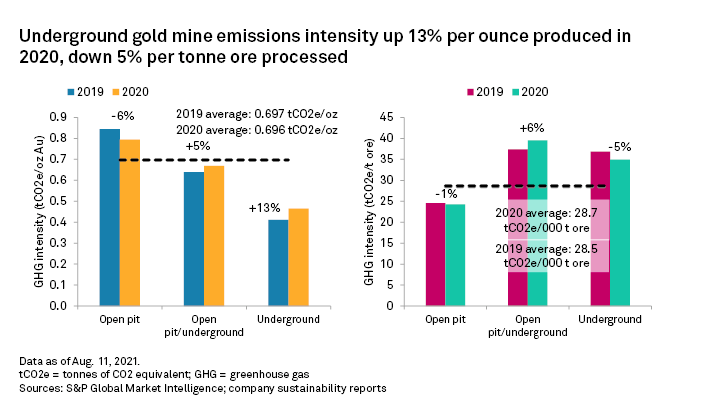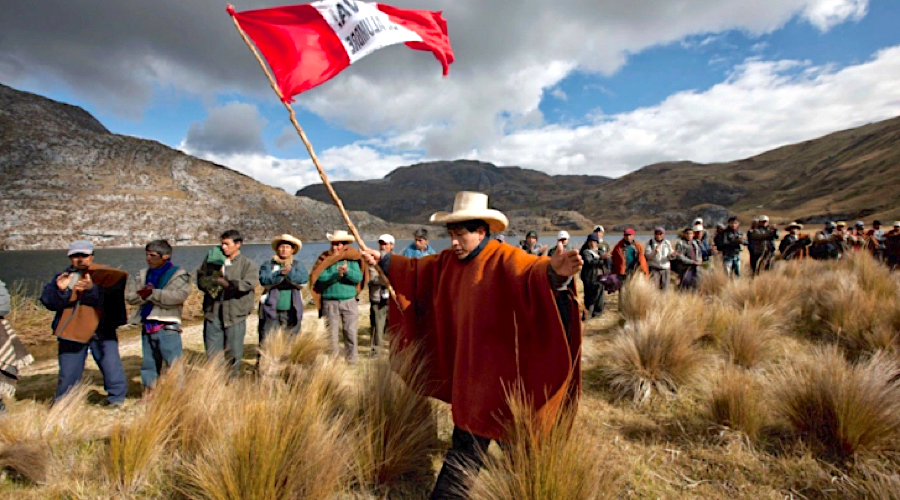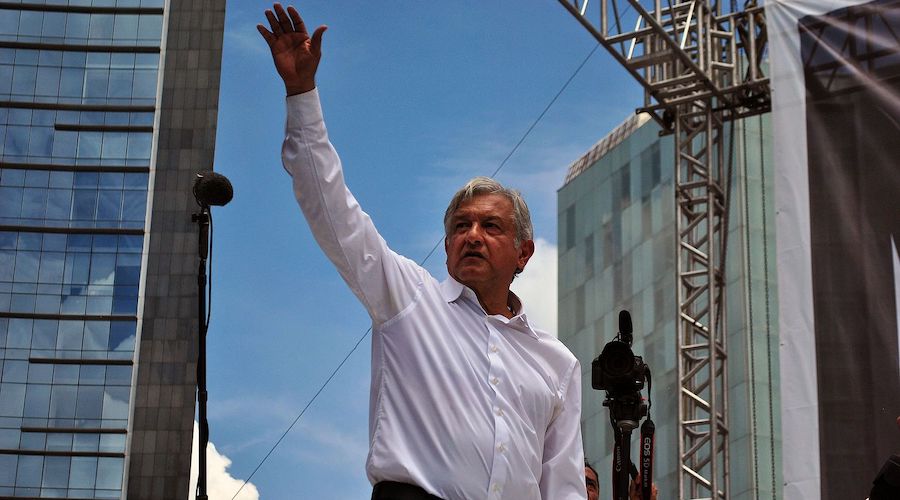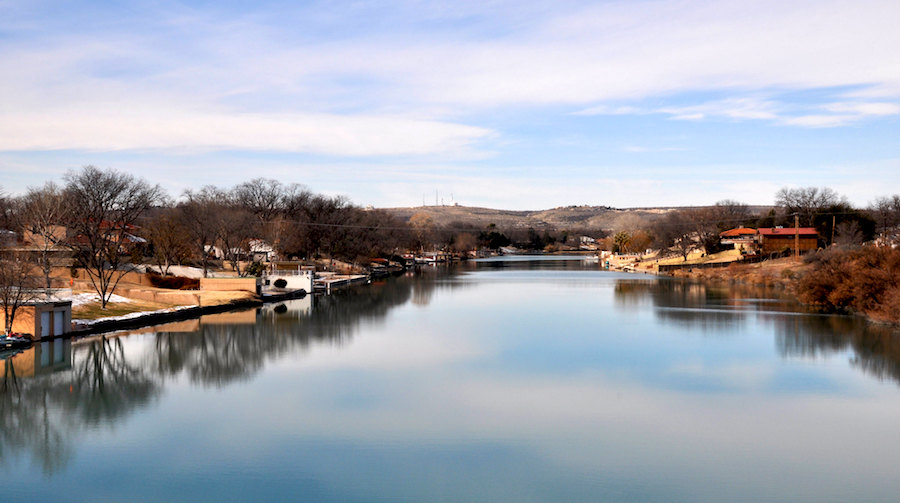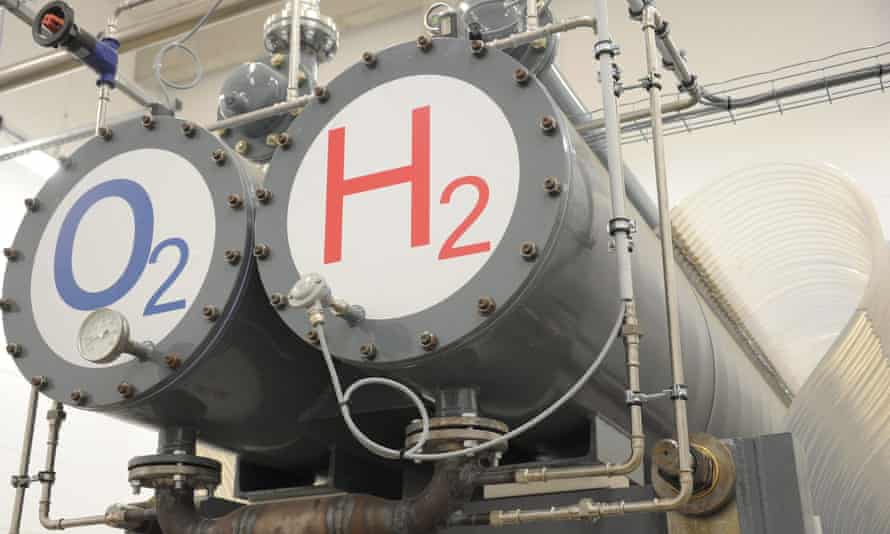Bloomberg News | August 20, 2021
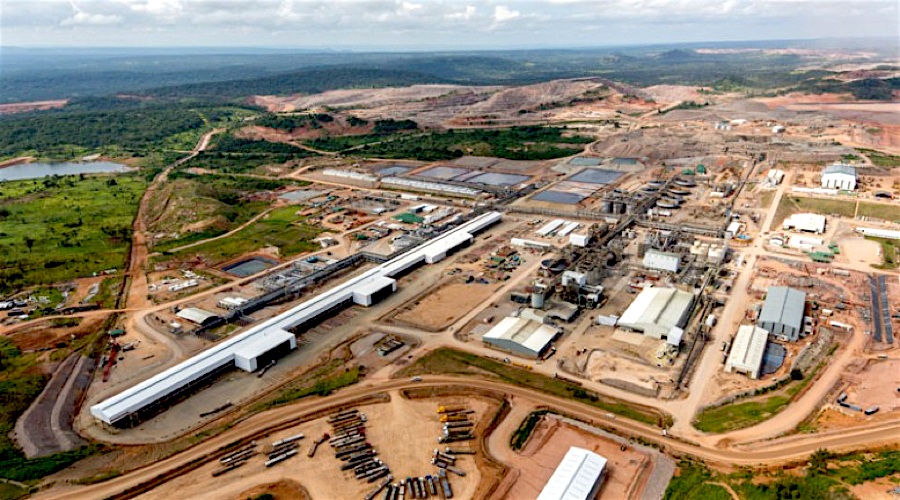
Tenke Fungurume operation. (Image courtesy of Freeport-McMoRan Copper & Gold).
The Democratic Republic of Congo established a commission to ensure China Molybdenum Co. is complying with its contractual obligations regarding the giant Tenke Fungurume copper and cobalt project.

The office of President Felix Tshisekedi authorized the investigation earlier this month into CMOC’s mineral reserve data and the financing costs for the project, according to documents seen by Bloomberg News and verified by the presidency. CMOC on Aug. 6 announced a $2.5 billion investment to more than double production at the mine, which is already one of the world’s biggest sources of cobalt, a key mineral in electric-vehicle batteries.
“The goal isn’t anything new, or to attack foreign investors,” Andre Wameso, Tshisekedi’s deputy chief of staff for economic and financial matters and a member of the commission, said by phone Thursday. “If we find nothing, the contract will stay as it was established with its initial inequalities. But if it’s changed disfavoring the DRC, we’re ready to go in another direction.”
A CMOC media representative said the company has no comment.
Tenke produced more than 180,000 tonnes of copper and over 15,000 tonnes of cobalt last year. CMOC wants to add 200,000 tonnes of copper capacity and 17,000 tonnes for cobalt by 2023. World cobalt production totaled about 140,000 tonnes in 2020, according to the US Geological Survey.
“The mine has a lot more reserves than what was in the original contract, so it’s quite logical that we should review what equitably belongs to each according to the contributions of each,” Wameso said. “If the conditions have changed in terms of something that wasn’t there at the initial time, we must review the agreement on the basis of reality.”
Renegotiated deal
Congo last renegotiated the Tenke deal with former owners Freeport-McMoRan Inc. and Lundin Mining Corp. in 2010, when the government increased the shareholding of state-miner Gecamines to 20% from 17.5%. The amended contract also required the Tenke joint venture to pay Gecamines a $1.2 million royalty for each additional 100,000 tonnes of copper reserves discovered beyond 2.5 million tonnes.
Those terms could be up for negotiation if the commission finds the current arrangement is out of balance, Wameso said. The project’s financing terms, which were increased in 2010 to Libor plus 600 basis points from Libor plus 200 basis points, will also be reviewed by the commission, according to the documents.
The Tenke venture is required to find more advantageous financing terms if it can, according to the 2010 amended contract. The current interest rate “eats at profits” and reduces the taxes and dividends paid to Congo, Wameso said.
(By Michael J. Kavanagh, with assistance from Winnie Zhu and Annie Lee)
